Description
Limestone: A Versatile Rock Shaping Our World
Limestone, a sedimentary rock composed primarily of calcium carbonate (CaCO3), is far more than just a gray stone. It’s a cornerstone of our civilization, playing a vital role in construction, agriculture, industry, and even the natural wonders around us. From the majestic cliffs of Dover to the humble chalk used in classrooms, limestone’s versatility has made it an indispensable resource for millennia.
Formation: A Story Written in the Seas
The story of limestone begins, for the most part, in the ocean. Microscopic marine organisms like foraminifera, coccolithophores, and shellfish extract calcium and carbonate ions from the water to build their shells and skeletons. When these organisms die, their remains accumulate on the seabed. Over millions of years, these layers of calcareous sediments are compacted and cemented together through a process called lithification, transforming them into solid limestone.
This process can vary, resulting in different types of limestone. For instance, chalk is a soft, porous limestone formed from the accumulation of coccolithophores. Coquina is a coarser variety comprised of readily identifiable shell fragments. Travertine, often used as a decorative stone, is a chemically precipitated form of limestone formed near hot springs and caves.
A Multitude of Uses: From Buildings to Blackboards
Limestone’s diverse properties lend themselves to a wide range of applications:
- Construction: Perhaps its most well-known use, limestone is a key ingredient in cement, concrete, and mortar. Crushed limestone is also used as aggregate in road construction and as a base material for buildings. Its durability and aesthetic appeal make it a popular choice for facing stone in buildings, walls, and monuments.
- Agriculture: Ground limestone, commonly called agricultural lime, is used to neutralize acidic soils, making them more fertile for crops. It supplies essential calcium for plant growth and improves soil structure.
- Industry: Limestone is a crucial ingredient in the production of lime (calcium oxide) and quicklime (calcium hydroxide), which are used in various industrial processes, including the manufacturing of steel, paper, and glass. It’s also used in flue-gas desulfurization to remove sulfur dioxide from power plant emissions.
- Natural Wonders: Limestone’s vulnerability to slightly acidic rainwater creates stunning karst landscapes. Over vast periods, the water dissolves the rock, forming caves, sinkholes, underground rivers, and dramatic cliffs. Examples include the Mammoth Cave system in Kentucky, the Yorkshire Dales in England, and the iconic Ha Long Bay in Vietnam.
Environmental Considerations: A Balancing Act
While limestone is an abundant resource, its extraction and processing can have environmental impacts. Quarrying can disrupt ecosystems and alter landscapes. The production of cement, which requires heating limestone to high temperatures, releases significant amounts of carbon dioxide, contributing to greenhouse gas emissions.
Sustainable practices, such as responsible quarry management, reducing energy consumption in cement production, and exploring alternative cementitious materials, are crucial to minimizing these impacts and ensuring the long-term availability of this valuable resource.
Looking Ahead: Limestone’s Enduring Legacy
From ancient pyramids to modern skyscrapers, limestone has played a central role in shaping our world. Its versatility, affordability, and abundance have made it an indispensable material for construction, agriculture, and industry. As we face the challenges of a growing population and a changing climate, responsible and sustainable utilization of limestone is essential to ensuring its continued legacy for generations to come. By understanding its formation, properties, and environmental impacts, we can harness its power while minimizing its footprint, allowing this remarkable rock to continue shaping our world in a positive and sustainable way.

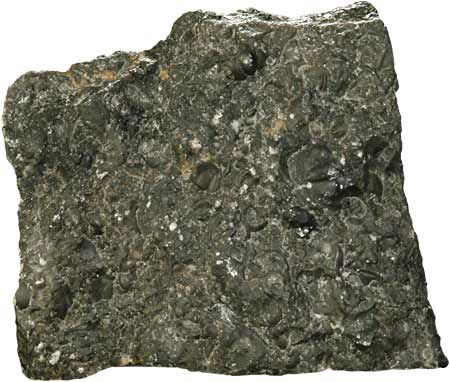
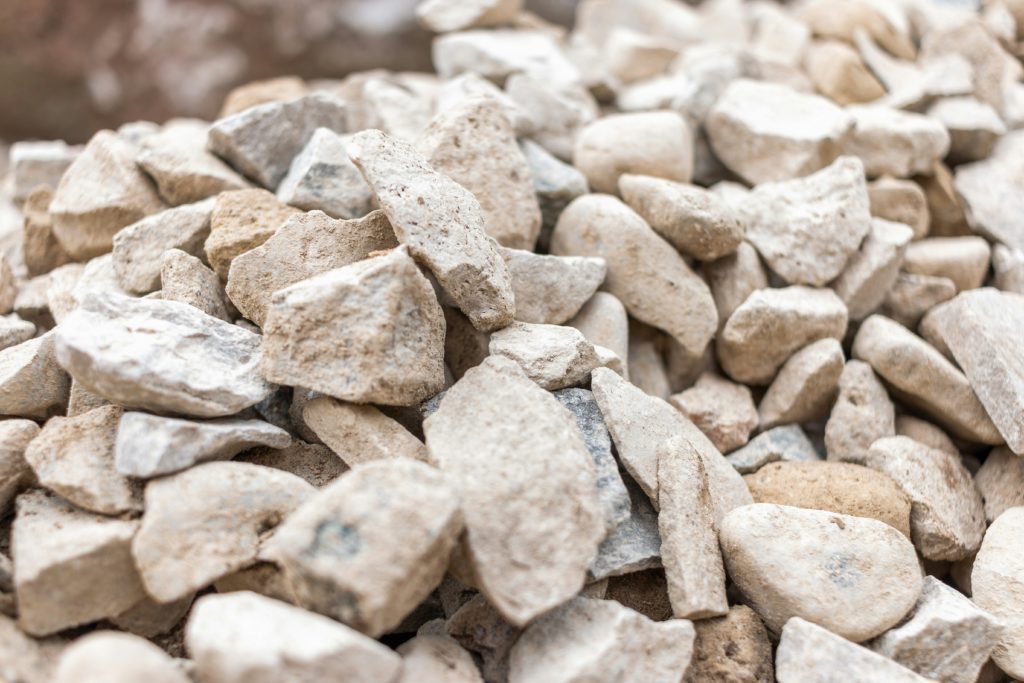


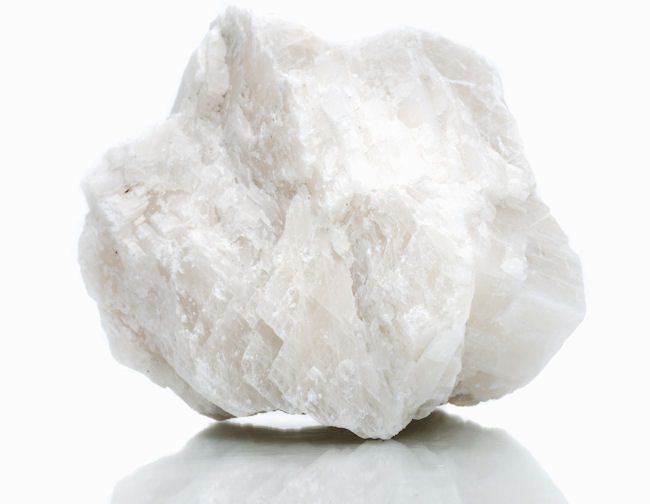
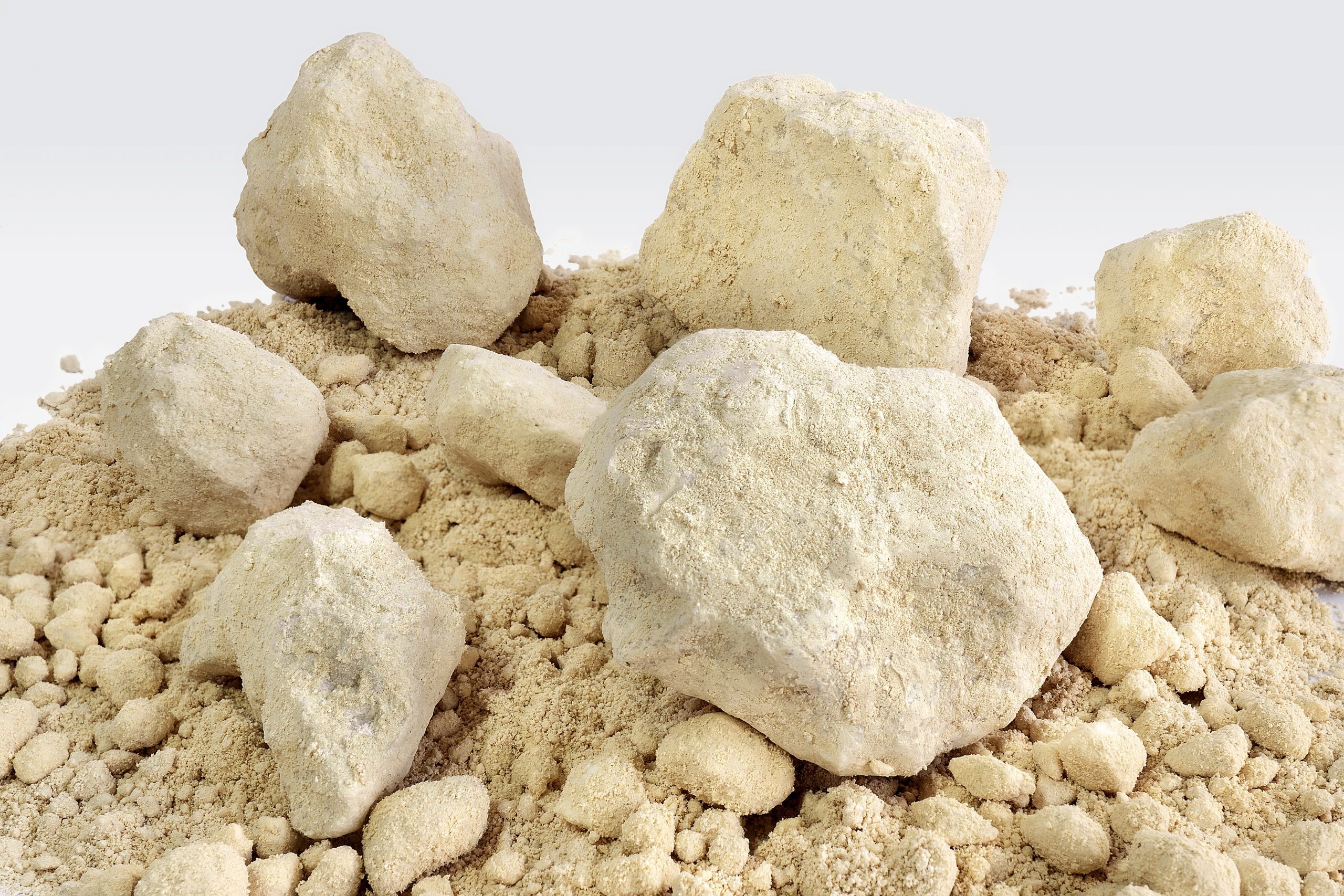
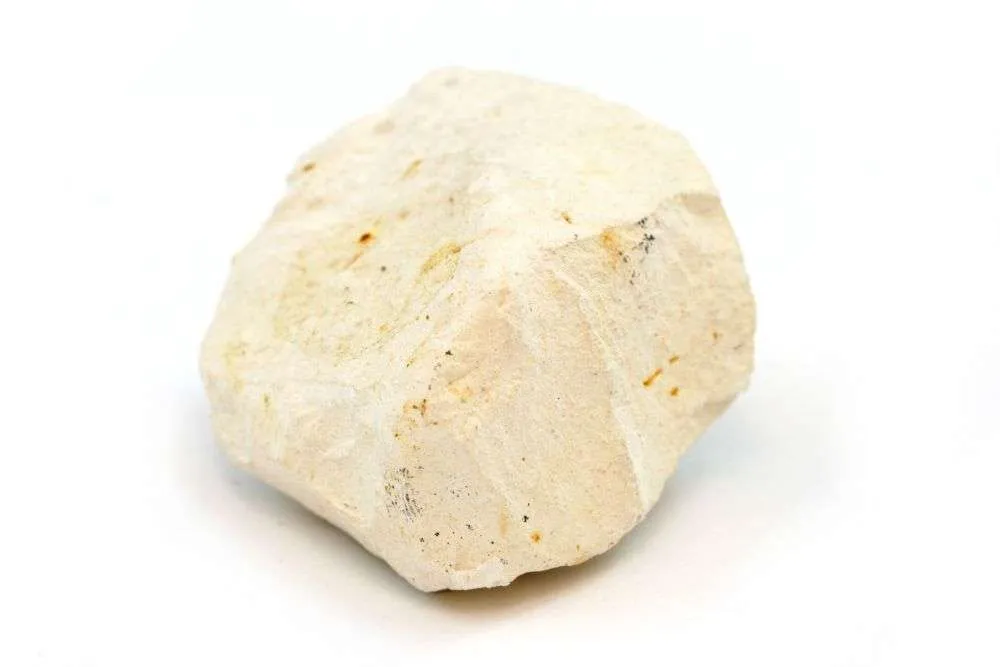
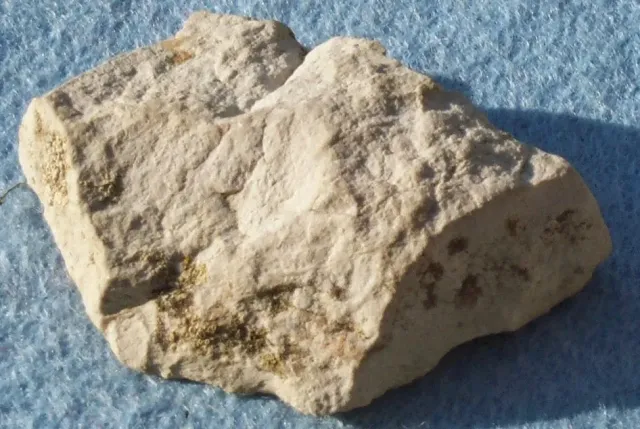
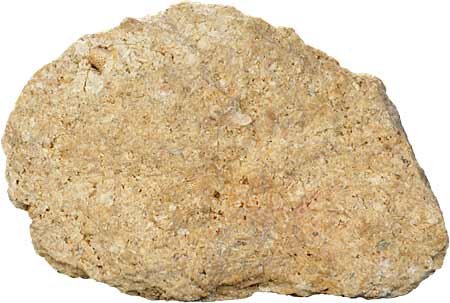
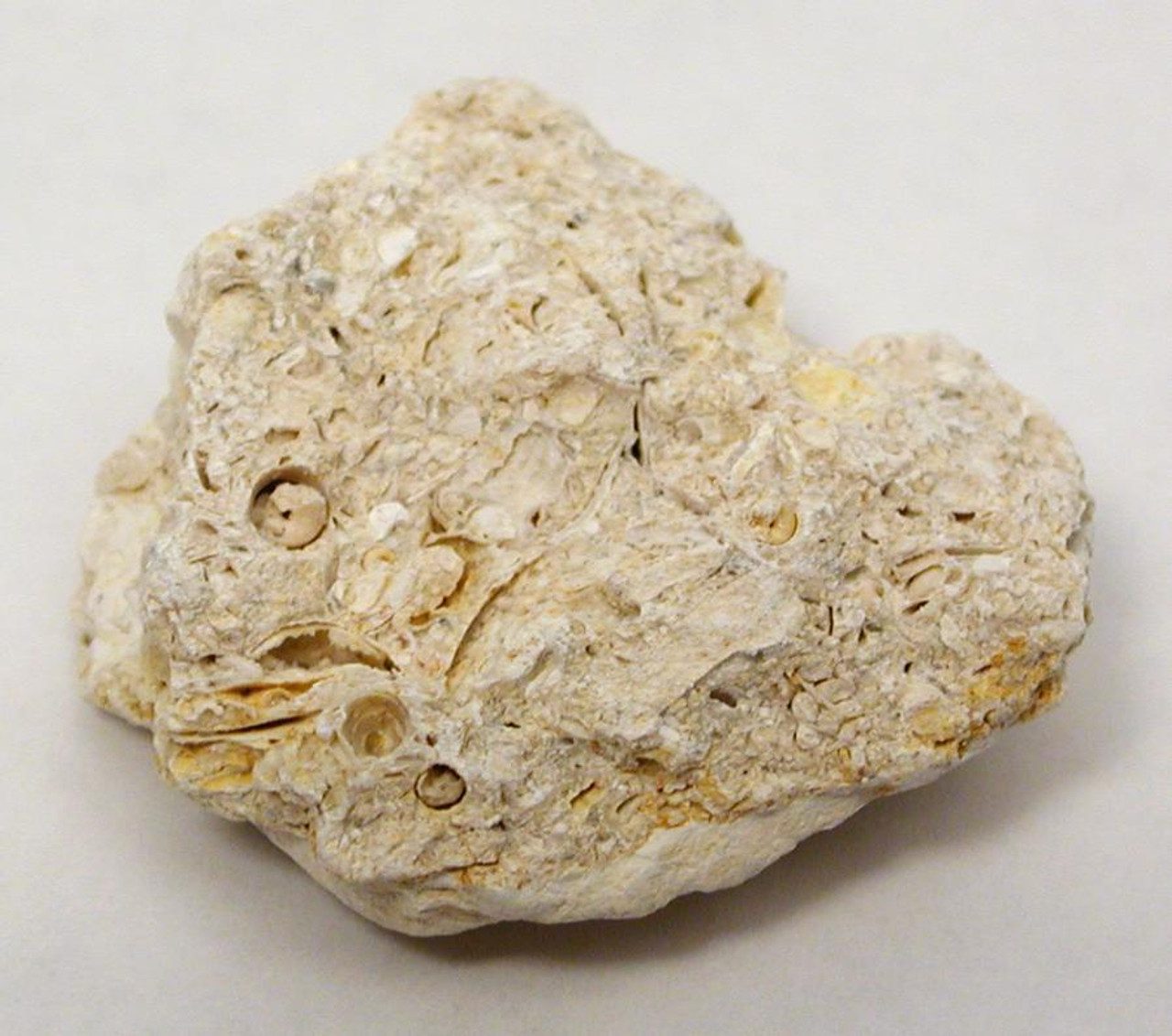
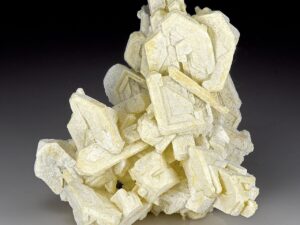


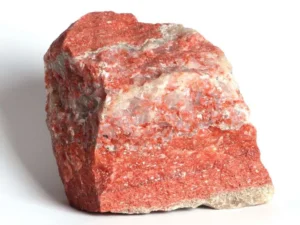
Reviews
There are no reviews yet.